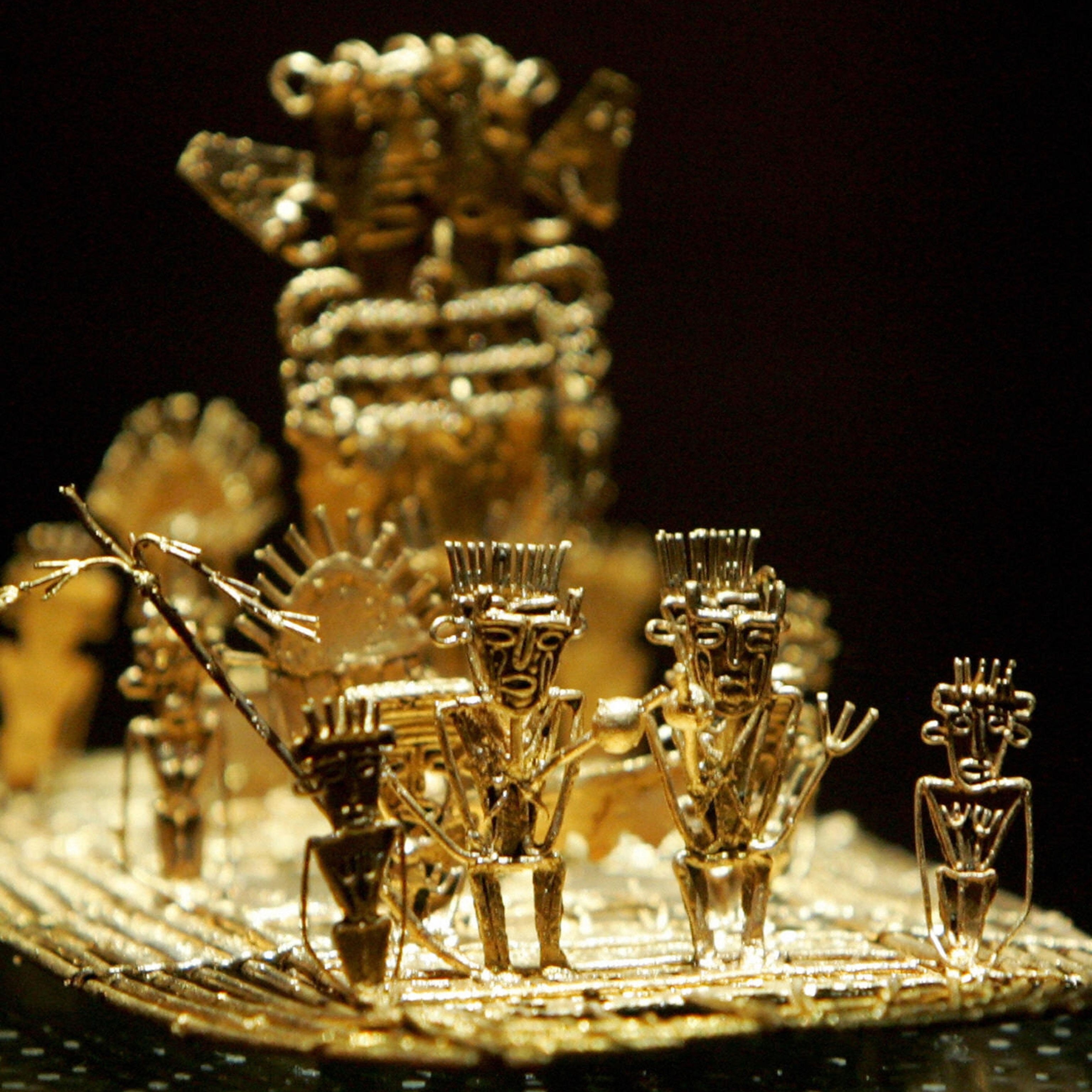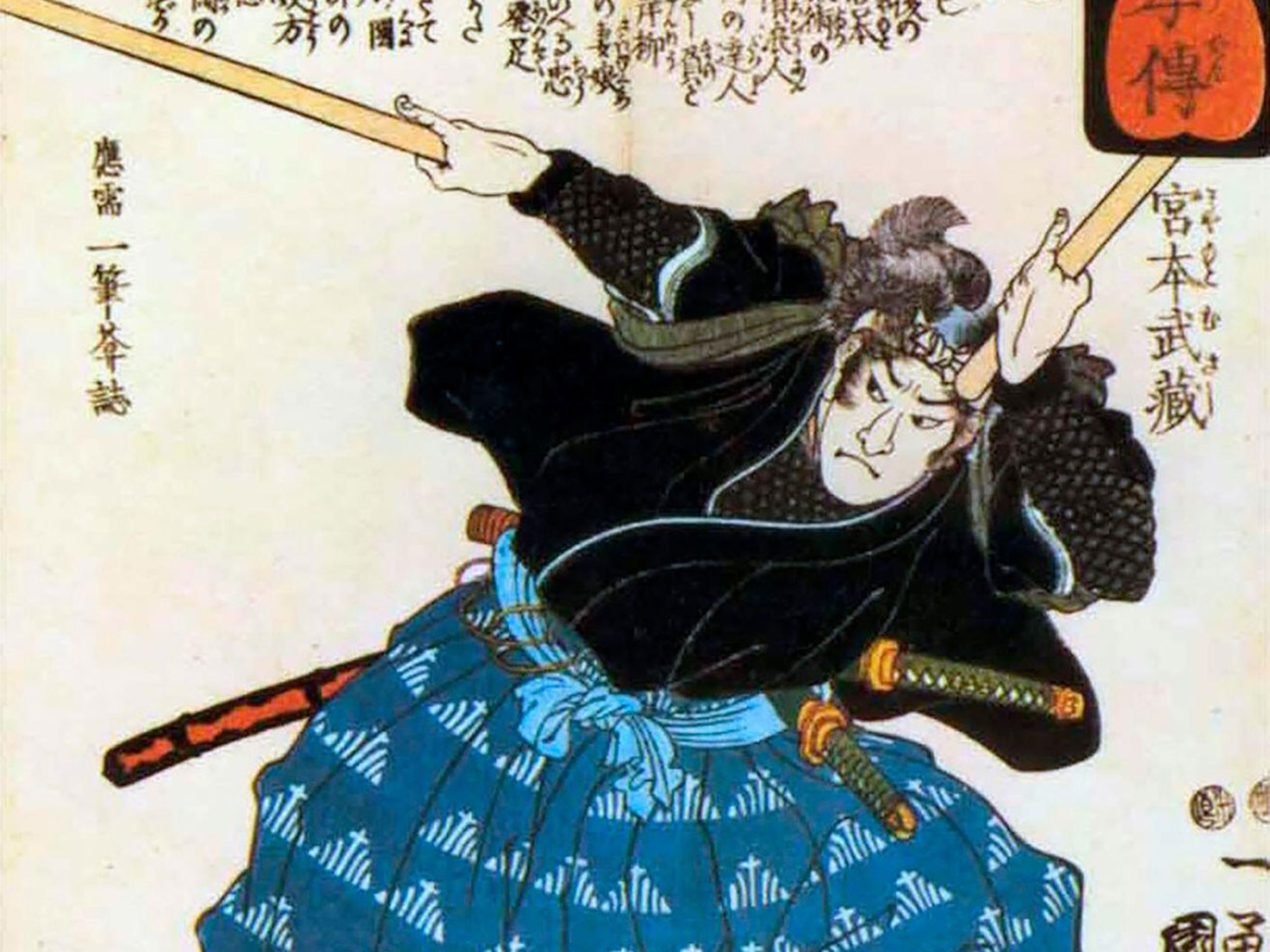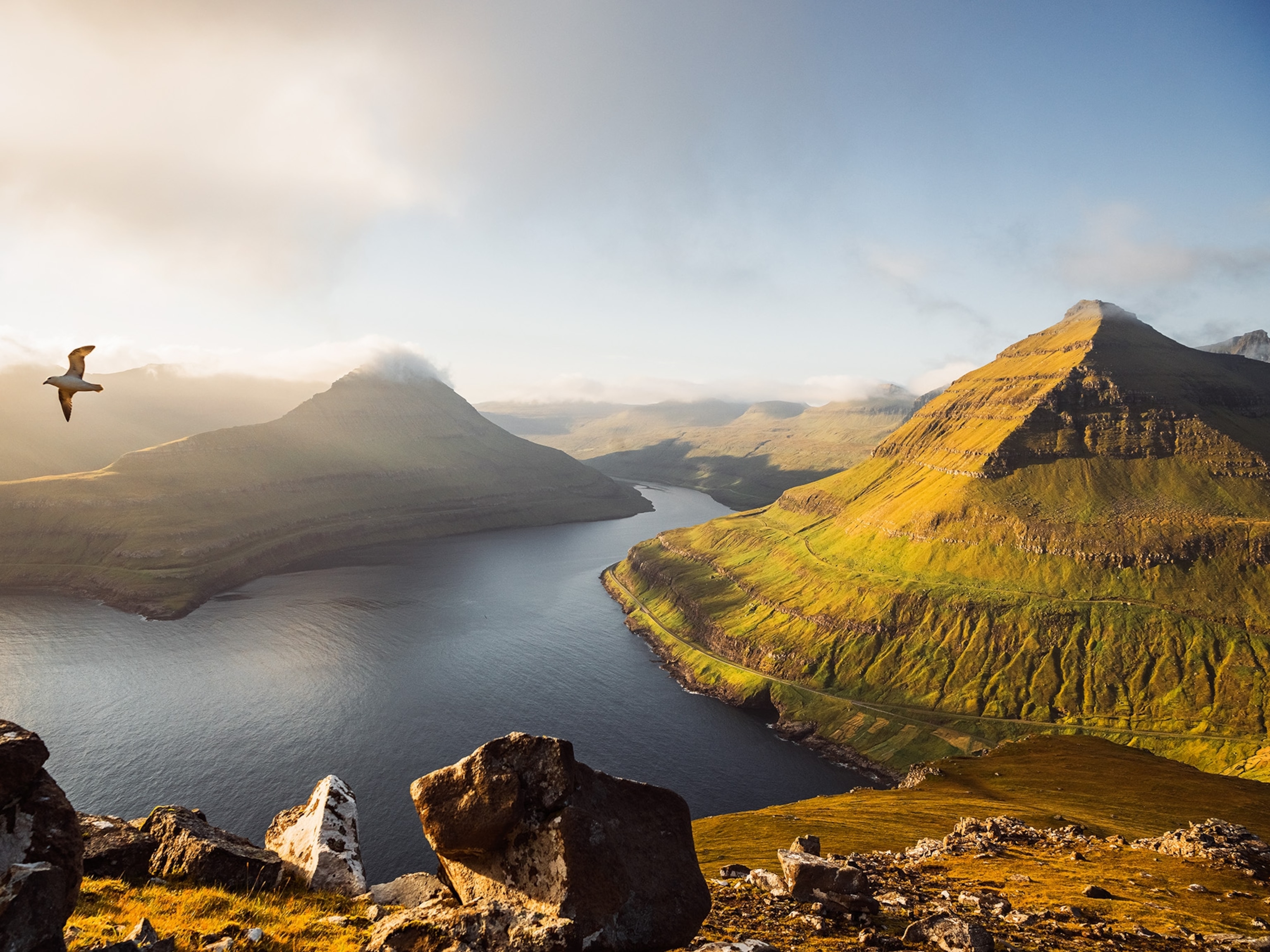
This River Kills Everything That Falls Into It
Legend or fact? A young explorer traveled deep into a remote jungle to find out.
It sounds like a Jules Verne tale: a boiling river that seems to flow from the center of the earth and kills anything that falls into it. Andrés Ruzo, a National Geographic Young Explorer, first heard about it from his Peruvian grandfather. When Ruzo became a geophysicist, he decided to investigate whether this story could be true—and whether science could explain it. In The Boiling River: Adventure and Discovery in the Amazon, he travels deep into the Peruvian jungle to unravel the mystery. [Discover how Ruzo collected water from this dangerous river.]
Talking from his home in Dallas, Ruzo explains what makes the river so deadly, why some oil companies are good for the forest, and why it is so crucial for the area around the Boiling River to be preserved.
The Boiling River hovers on the boundary between scientific fact and myth—what drew you to the story?
I first heard the story of the Boiling River as a boy in Lima from my grandfather as part of a legend of a lost city of gold in the Amazon. Much later, when I was working on my PhD in geophysics, I started looking at this detail from a scientific viewpoint. The focus of my dissertation was to create the first detailed heat flow map of Peru in order to identify areas of potential geothermal energy.

When looking at the heat of the earth, naturally hot springs, fumaroles, and volcanoes catch my attention. One day, my colleagues from the Peruvian government called me in to look at this map they were about to publish. I took a look at it and saw there were some hot springs in the Amazon, and some of them were really quite hot. So I asked them: Hey, do you guys remember that detail in the legend about a river that boils deep in the Amazon?
You write, “This river challenges what we think we know.” Explain that.
There are two levels to that. On one side, it's the personal expectations you might have for what is possible—and what is impossible. We rely on experts, and it becomes very easy to outsource your thinking, so to speak. In a way, that's what happened to me. I asked a bunch of experts for their thoughts about the Boiling River. Most said it's just a legend. One professor even told me, Stop asking stupid questions; it's making you look bad. [Laughs] But what do we really know? I think that that's a very interesting question now more than ever. If you go online, you hear so many opinions, some that are qualified, others that are not. Wondering what you really know is a very positive exercise that we can all do.
Where is this mysterious river? Take us through your journey.
The Boiling River is in the central Peruvian Amazon, in the middle of low jungle. From Lima it's about an hour flight to the city of Pucallpa, the largest city in the central Peruvian Amazon. From Pucallpa, it was a two-hour drive mostly on red dirt roads to the Pachitea river, a tributary of the Amazon over 300 meters wide. From there, we took a peke-peke, or motorized canoe, upriver for about 30 minutes to the mouth of the Boiling River. It's called a peke-peke because the motor goes pekepekepekepekepeke. [Laughs]
As we approached the confluence of the two rivers, the shaman's apprentice, who was at the prow, said, Stick your hand in! So we put our hands into the cold waters of the Pachitea. As the boat glided into this olive-green plume that was the mouth of the Boiling River, immediately the temperature went up. But there was no steam and the temperature was only like hot bath water.
It was a bit of an anti-climax. [Laughs] I had just broken the piggy bank to get here. We were moving from Peru back to the United States. I had left my wife in Lima to handle all of the logistics while I want gallivanting into the jungle for two days to look for this thing.
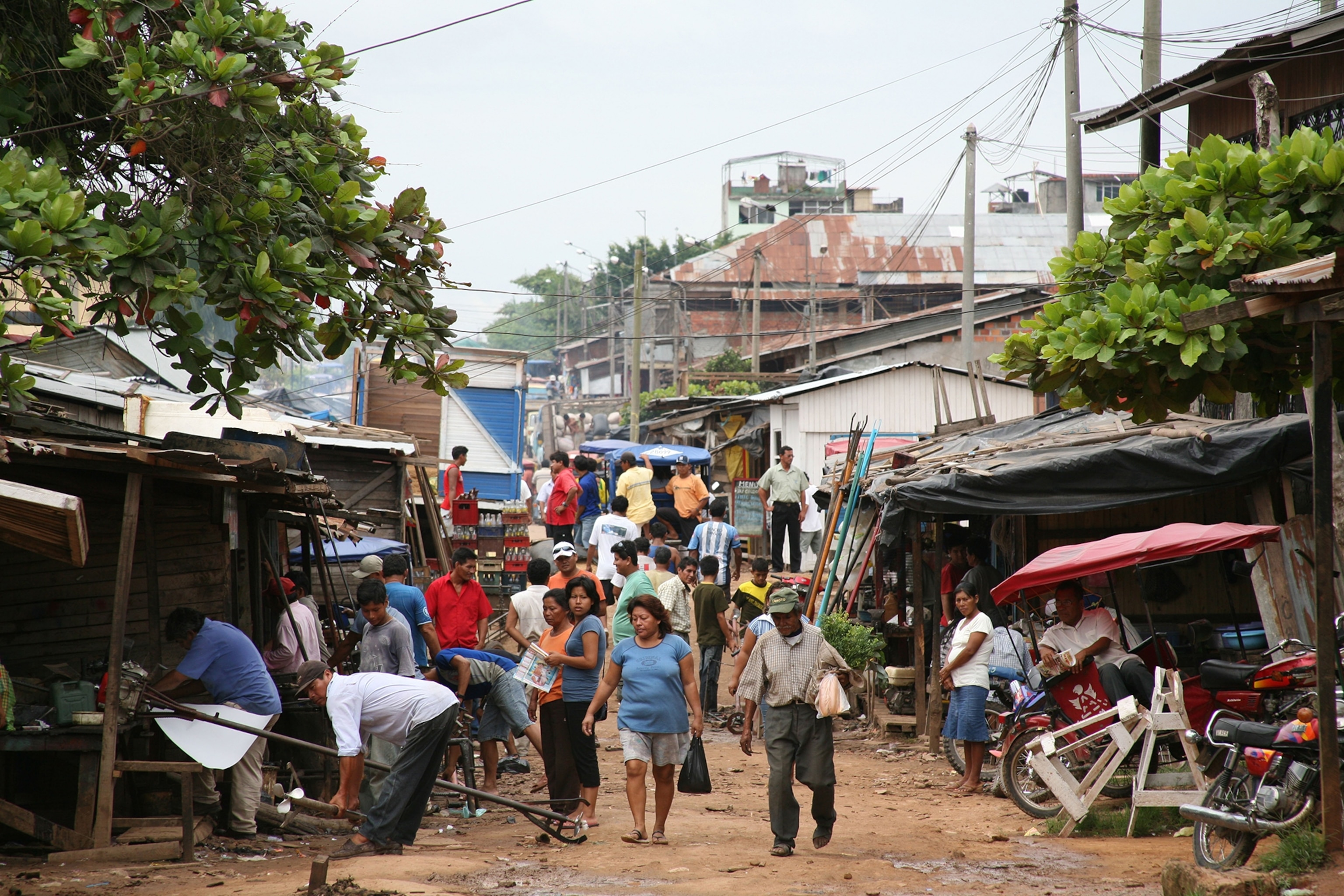
Your quest takes you to a place called Mayantuyacu, where you meet a shaman called Maestro Juan. Tell us about him—and how the Boiling River figures in his world view.
On the Boiling River there are two shamanic, Amazonian communities. The one I primarily work with is called Mayantuyacu. Mayantu is a jungle spirit, with the head of a frog, the body of a lizard, and the arms and legs of a turtle. He's one of the benevolent jungle spirits. Yacu means water. According to oral traditions, the Boiling River is a place of tremendous spiritual power, a home to very powerful jungle spirits, where only the most powerful shamans could go because other people were afraid of the spirits. Maestro Juan explained to me that every site on the river is home to a unique jungle spirit, like Yacumama, a very large, serpent spirit that gives birth to hot and cold waters.
What's curious about the river is that it actually starts off as a cold stream, heats up, then cools back down slightly at night. I have a graph in my TED talk. It goes from roughly 27 degrees Celsius to about 94 degrees Celsius at its hottest. There are also very hot springs, which inject water into the river to produce this amazing feature.
Small mammals, reptiles, or amphibians regularly fall in and are boiled alive.Andrés Ruzo
The total river system is about 9 kilometers (5.5 miles), but it is the 6.24 kilometers (3.8 miles) on the lower part of the river that are hot. Most of that flow, particularly during the dry season, is hot enough to kill you. Small mammals, reptiles, or amphibians regularly fall in and are boiled alive. One of the things I love about being there is that it forces you to be extremely intentional with every step, because there can be really serious consequences if you do fall in.

There were three main scientific hypotheses for the existence of the river—explain them, and which one proved correct.
When I first got to the river, my biggest concern was whether it was natural or not. To create a large geothermal system like this, you need three things: a tremendous source of heat, a large volume of water, and a plumbing system that will take this hot water from depth all the way up to the surface.
One of the hypotheses was that this was a volcanic feature, a magmatic system that the scientists had missed. It could also have been a non-volcanic feature, i.e. hot water flowing out of the earth at an anomalously high rate. The deeper we go into the earth the hotter it gets. That's called the geothermal gradient. At these temperatures the water would have to be coming up from pretty deep down and at very fast rates.
The final theory, which was really the scary one for me, was that this place was not natural at all but the result of an oil field accident. The river is only 2-3 kilometers from the oldest active oil field in the Peruvian Amazon. If there was an oil and gas flow that only produces hot water but no hydrocarbons or gas, they might just have abandoned it. Another possibility is that an oil and gas flow accidentally drills into a geothermal system. The biggest and most frightening example of this was the Lusi mud volcano on Java. Over 40,000 people have been displaced and the thing's still erupting.
But, in fact, the Boiling River is a natural feature: a non-volcanic, geothermal feature flowing at anomalously high rates.
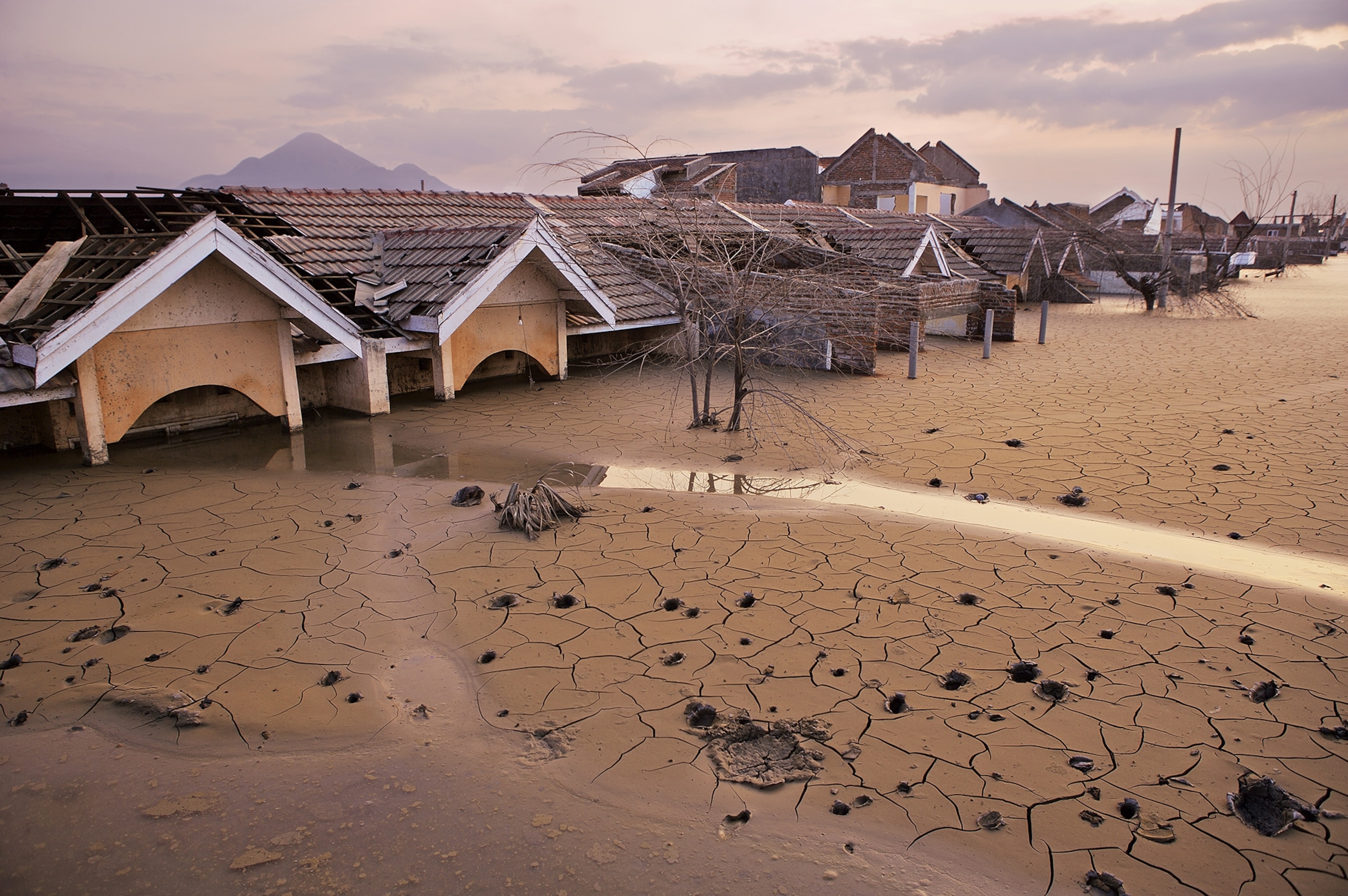
You quote a shaman as saying that “the greatest threat to the jungle are the ‘natives’ who have forgotten they are natives.” Explain what he means.
The Amazon basin is 90 percent the size of the United States, and it's very easy to generalize that everything's the same down there. But that's not true. There is a wealth of different cultures and languages, ethnicities, flora and fauna, and problems. In some parts of the Amazon, illegal mining is a major issue. In others, it is illegal logging or narco-trafficking. In this part of the central Peruvian Amazon, the threat to the jungle comes from development. Pucallpa is a very large city, a center of modernity and logistics, and it keeps expanding. There's a narrative that's grossly oversimplified these days—all big companies, bad; all indigenous groups, good. Unfortunately, this oversimplification does not do a good job of addressing the real problems in the Amazon.
Some oil and gas companies have really predatory practices. But there are some responsible companies that are doing really good work. The same holds true with the indigenous people. You have some people who have forgotten the ancient traditions and ways of treating the jungle and are just interested in private gain. Even in the Amazon, everyone wants iPhones these days; everyone is on Facebook.
Many of our readers will be surprised at your suggestion that a local oil company is key to protecting the Boiling River's jungle. Explain that seeming paradox.
It’s a very timely question because a really horrible oil spill just happened in the northern Peruvian Amazon, involving a Peruvian company. For the Boiling River area, all you have to do is go to Google Earth. If you look at this area on Google Earth, you will see that the area protected by the oil and gas company Maple Energy is the only pristine jungle left. One of the reasons for that is that oil and gas companies can get whacked with huge fines for not complying on environmental issues and can even lose their concession.
Ninety-nine percent of deforestation around the Boiling River is caused by locals coming in and chopping down the large expensive trees, then clear burning the rest. They dump gasoline on the jungle, light it up a couple times, then loose cattle on it. Obviously, if you have gas lines in the area, that creates a big issue. The companies are protecting the jungle out of self- interest. But there are many people [at the oil companies] who do sincerely care about the jungle. Even the shamans have said they've been good neighbors.
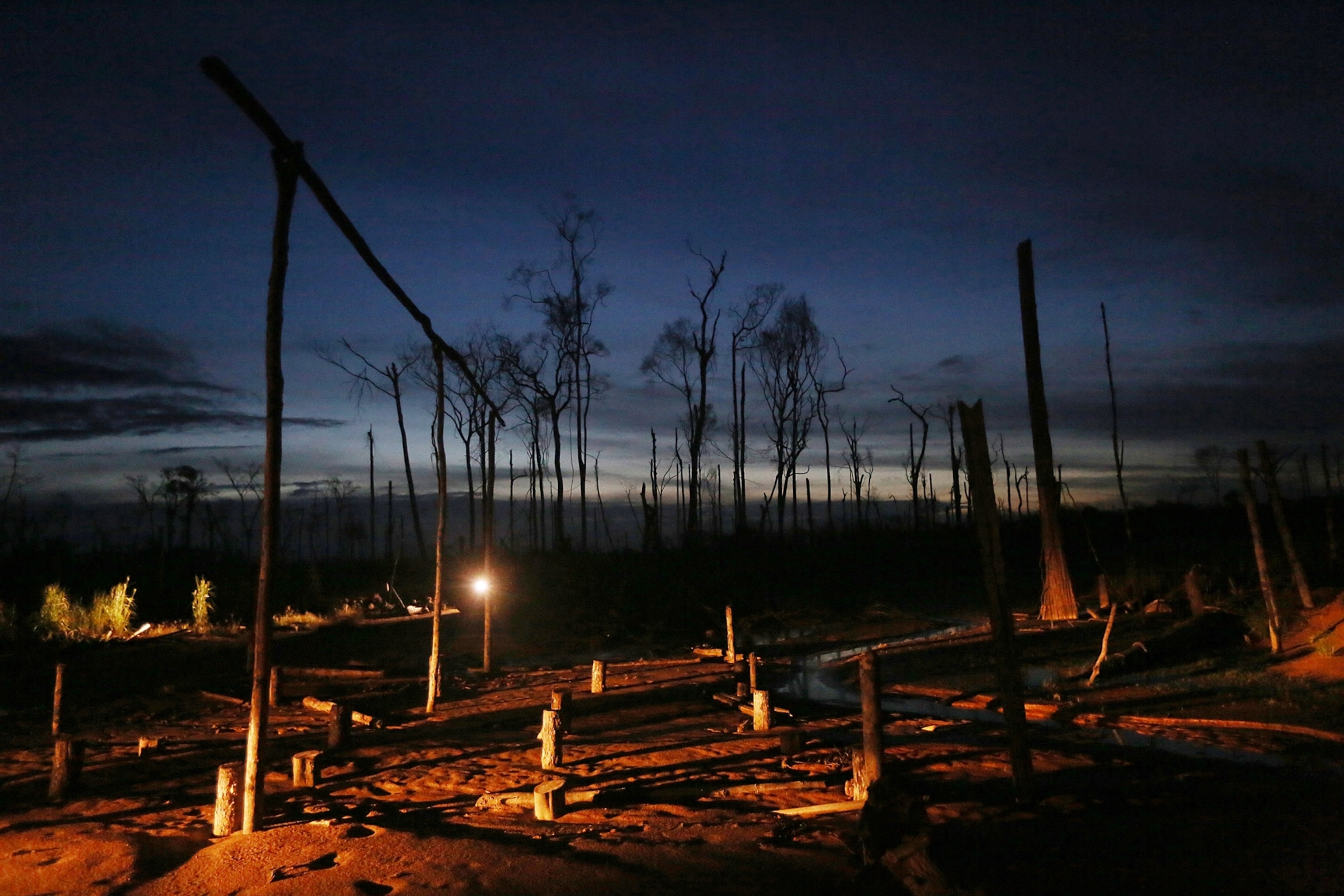
What was initially a scientific quest has now inspired you to try and preserve the Boiling River and help the Mayantuyacu community. Tell us about those efforts—and whether you are optimistic about the future.
We’re working with the two shamanic communities on the Boiling River. The goal is to have the area declared a Peruvian national monument and rezone the jungle in that area. Currently, the jungle is legally considered exploitable jungle so it is basically open to clear-cutting. We want it rezoned so that it's only open for eco-friendly activities. You can find more information on boilingriver.org.
I think we are making good headway so far, led by scientific studies that have been underway since 2011. We’re also working with some major conservation groups, both in Peru and internationally. This is such a special area, not only because of the geologic aspect, but also culturally. It’s a key location for traditional knowledge. The area around the Boiling River not protected by the oil field or by the shamans has been totally clear-cut. As a result, all the fauna and flora that would normally be present across the entire area has been concentrated in this one small oasis of remaining jungle. So it's now of great biological significance, as well. It’s this bastion of Amazonia in a sea of deforestation.
This interview was edited for length and clarity.
Simon Worrall curates Book Talk. Follow him on Twitter or at simonworrallauthor.com.
